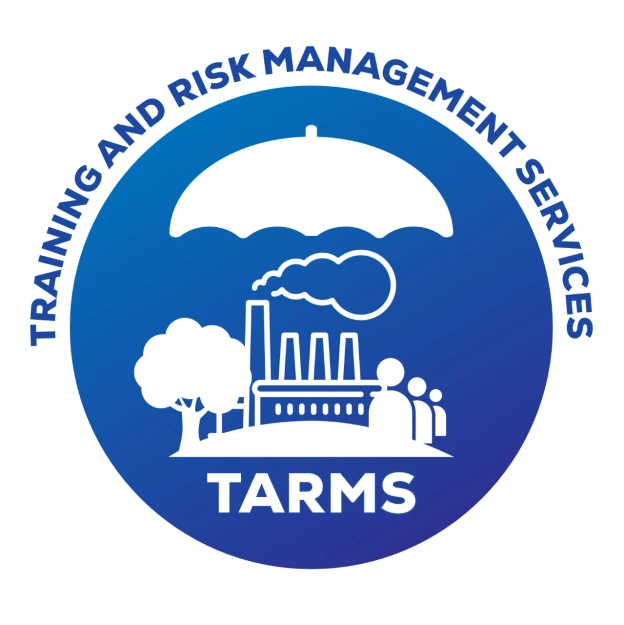1.1 Aim of Hazard Identification
Raise Hazard Recognition Awareness:
Enhancing awareness about potential hazards in the workplace is critical to fostering a proactive safety culture. Recognizing hazards early can help prevent dangerous situations from escalating.
Improve Your Ability to Detect Hazards:
Strengthening your ability to identify risks effectively ensures that hazards are recognized promptly and addressed appropriately, reducing the likelihood of accidents.
Prevent Injuries and Accidents:
The primary goal of hazard identification is to eliminate or minimize risks, thereby preventing injuries, accidents, and harm to individuals and property.
Empower You to Act and Follow-Up:
Encouraging individuals to take responsibility by reporting and addressing hazards ensures that risks are managed efficiently. This empowerment leads to timely follow-up actions, maintaining a safer workplace environment.
2 Comprehensive Explanation of Key Terms
2.1 What is a Hazard?
A hazard is anything with the potential to cause harm, damage, or adverse effects to individuals, the environment, or property. Hazards can stem from various sources, including physical conditions, human actions, processes, or substances.
Example: A slippery floor in a workplace is a hazard because it has the potential to cause falls.
2.2 What is Harm?
Harm is the physical injury, ill-health, damage, or loss resulting from exposure to a hazard. It is the actual consequence that occurs when the hazard is not adequately managed or controlled.
Example: If someone slips on a wet floor and breaks their arm, the broken arm is the harm caused.
2.3 What is Risk?
Risk is the likelihood of harm or adverse effects occurring as a result of exposure to a hazard, combined with the severity of the potential harm. It is often expressed as a combination of the probability and the impact of an event.
Example: The risk of slipping on a wet floor depends on how slippery the floor is (likelihood) and the potential severity of the injury (severity).
3 Hazard in Everyday Life
We encounter hazards in various aspects of our daily lives—whether it’s crossing busy streets, driving vehicles, or participating in sports. These activities inherently carry some level of risk.
However, most of us don't spend much time worrying about these potential dangers. Why is that? It's because we have been equipped with the knowledge and skills to manage everyday hazards effectively. From an early age, we are taught how to navigate such risks through guidance from parents, teachers, coaches, and our own life experiences. This foundational learning helps us confidently face these challenges while minimizing harm.
4 Hazard identification
Hazards are typically identified through the use of our basic senses—sight, hearing, smell, touch, and sometimes taste. Observing visual cues such as spills, improper equipment placement, or unsafe behaviors; listening to unusual sounds from machinery; detecting odors of hazardous chemicals; or feeling heat from a potential fire risk are all essential for recognizing potential dangers in our surroundings. These sensory observations form the foundation of hazard identification and contribute significantly to maintaining a safe environment.
5 How Many Types of Hazards?
Hazards are typically categorized into six main types, although classifications can vary slightly. These include:
- Physical Hazards: Environmental factors like noise, heat, vibration, radiation, or unsafe surfaces.
- Chemical Hazards: Exposure to harmful chemicals such as toxins, acids, or solvents.
- Biological Hazards: Bacteria, viruses, fungi, or other microorganisms that can cause diseases.
- Ergonomic Hazards: Poor workplace design, repetitive movements, or awkward postures leading to musculoskeletal issues.
- Psychosocial Hazards: Stress, violence, bullying, or work-related mental health challenges.
- Mechanical Hazards: Unsafe machinery, tools, or equipment that can cause injuries.
Examples of Different Hazards
- Physical Hazard Example: A broken handrail on a staircase.
- Chemical Hazard Example: Spillage of hydrochloric acid in a laboratory.
- Biological Hazard Example: Exposure to contaminated blood in a healthcare setting.
- Ergonomic Hazard Example: Prolonged sitting in an awkward posture without proper lumbar support.
- Psychosocial Hazard Example: Workplace harassment leading to mental stress.
- Mechanical Hazard Example: A conveyor belt without a protective guard.


